Protecting fish populations on coral reefs sounds simple: protect the reef, protect the fish. But unfortunately conservation efforts aren’t that straightforward, as human activities on land can impact what happens in the ocean.
In the Solomon Islands, near-shore logging operations significantly reduce populations of juvenile bumphead parrotfish on their nursery grounds, according to new research from Nature Conservancy scientists, jeopardizing both reef health and local livelihoods.
A Keystone Species At Risk
There’s no mistaking a bumphead parrotfish — teal-colored fins, neon-pink lips, and a head equipped with a battering ram make this iconic reef fish utterly unmistakable. The largest species of parrotfish, reaching more than 50 kilos in weight, Bolbometopon muricatum is found in tropical waters of the Western Pacific and Indian Oceans.
This keystone species is one of the main bio-eroders of coral reefs. A single, large adult can eat up to 5 tons of coral material in a year, and the waste products of this diet form the much-praised white-sand beaches of the South Pacific. Historically an important species for subsistence fishermen in the Solomon Islands, bumpheads are now increasingly the targets of commercial spear fisheries.
“Unfortunately they’re very easy to overfish, because of their large size and the fact that they sleep together in schools at predictable locations,” says Richard Hamilton, the director of The Nature Conservancy’s Melanesia program. Previous research by Hamilton and his colleagues indicates that the species’ tendency to aggregate at night means the fishery is hyperstable, where catch rates stay stable while the actual fish population declines drastically.
As a rise in night spearfishing sweeps across the Indo-Pacific — aided by better gear and underwater flashlights — populations of bumphead parrotfish are declining rapidly. The bumphead parrotfish is currently considered vulnerable by the IUCN Redlist.
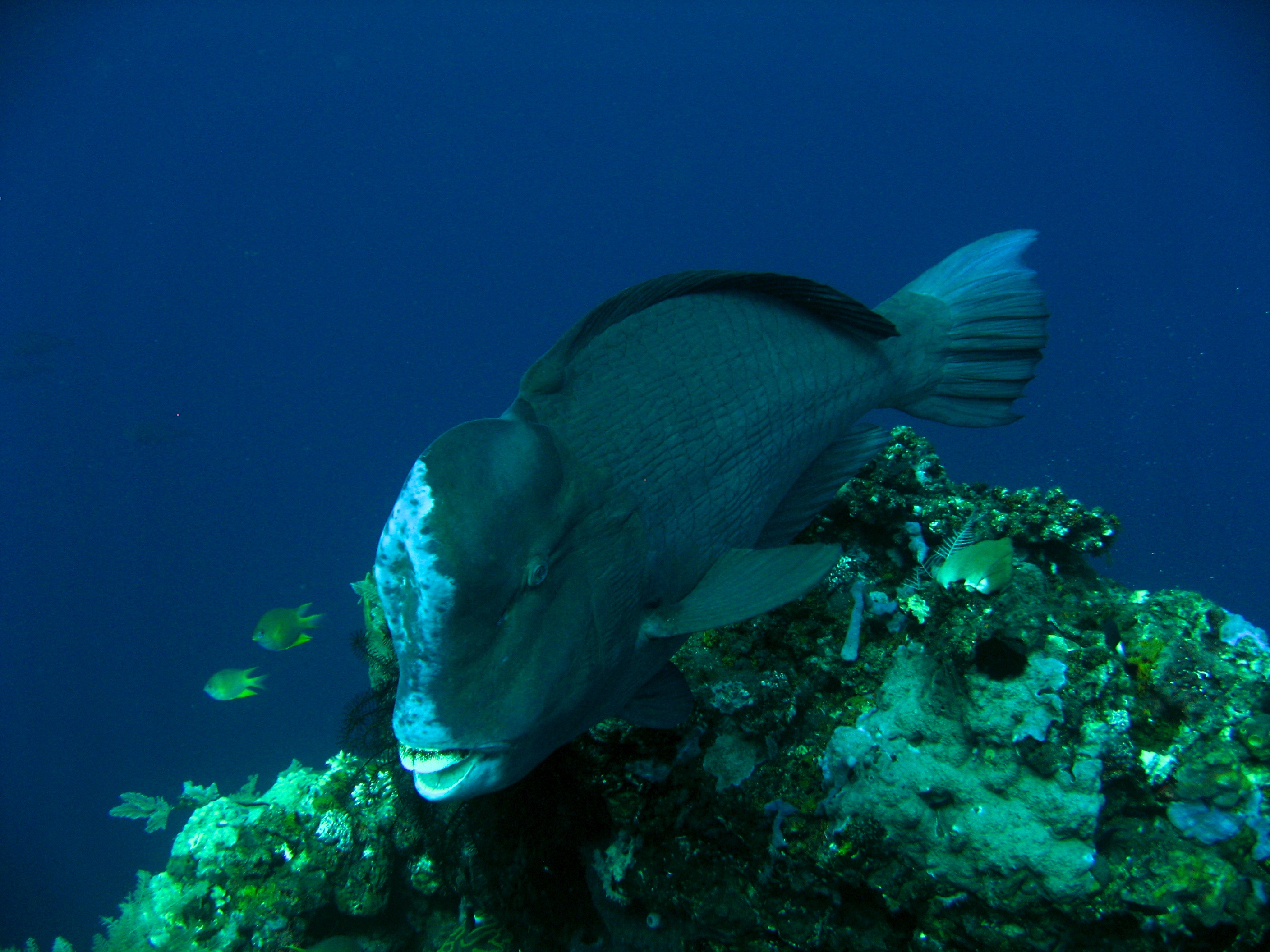
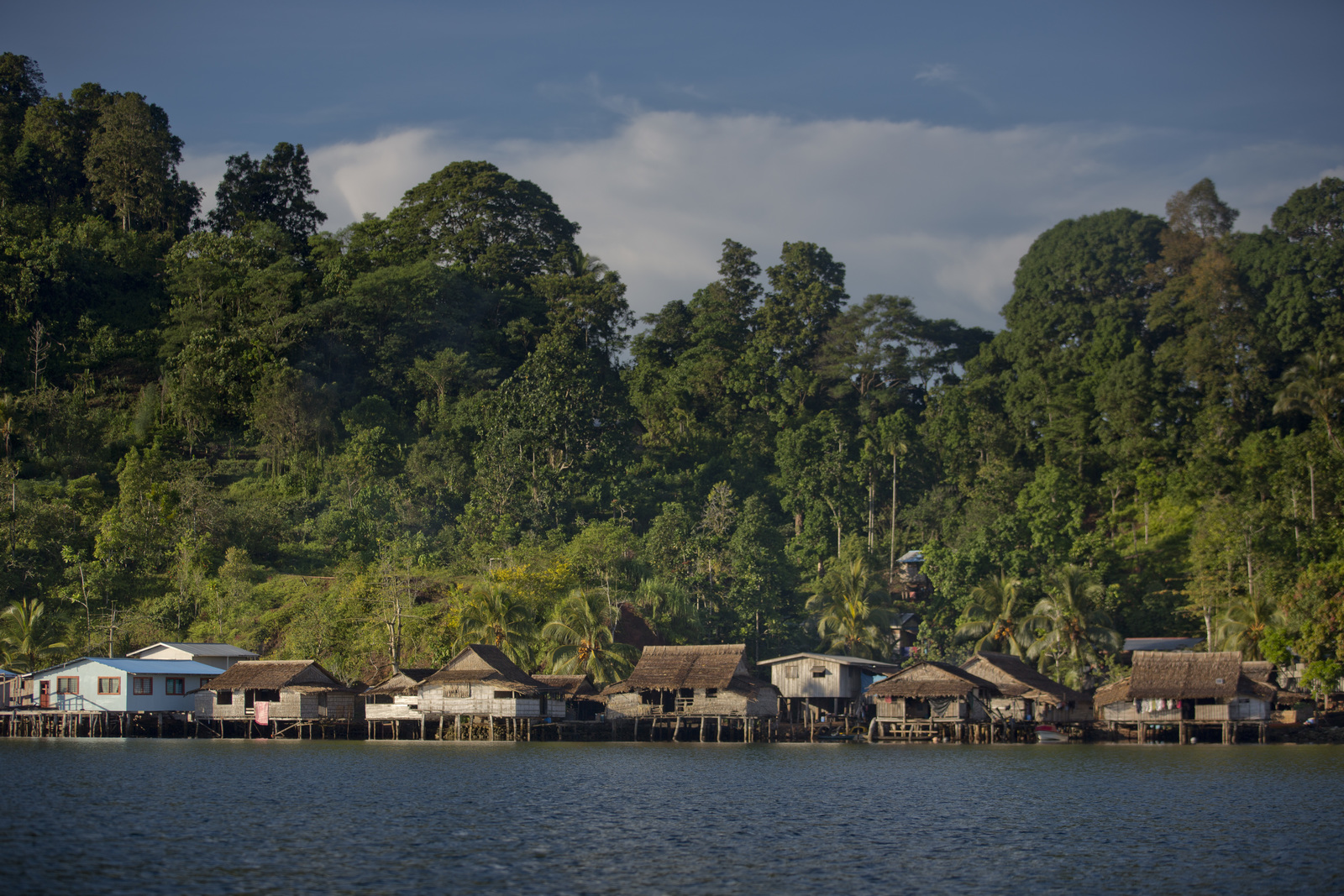
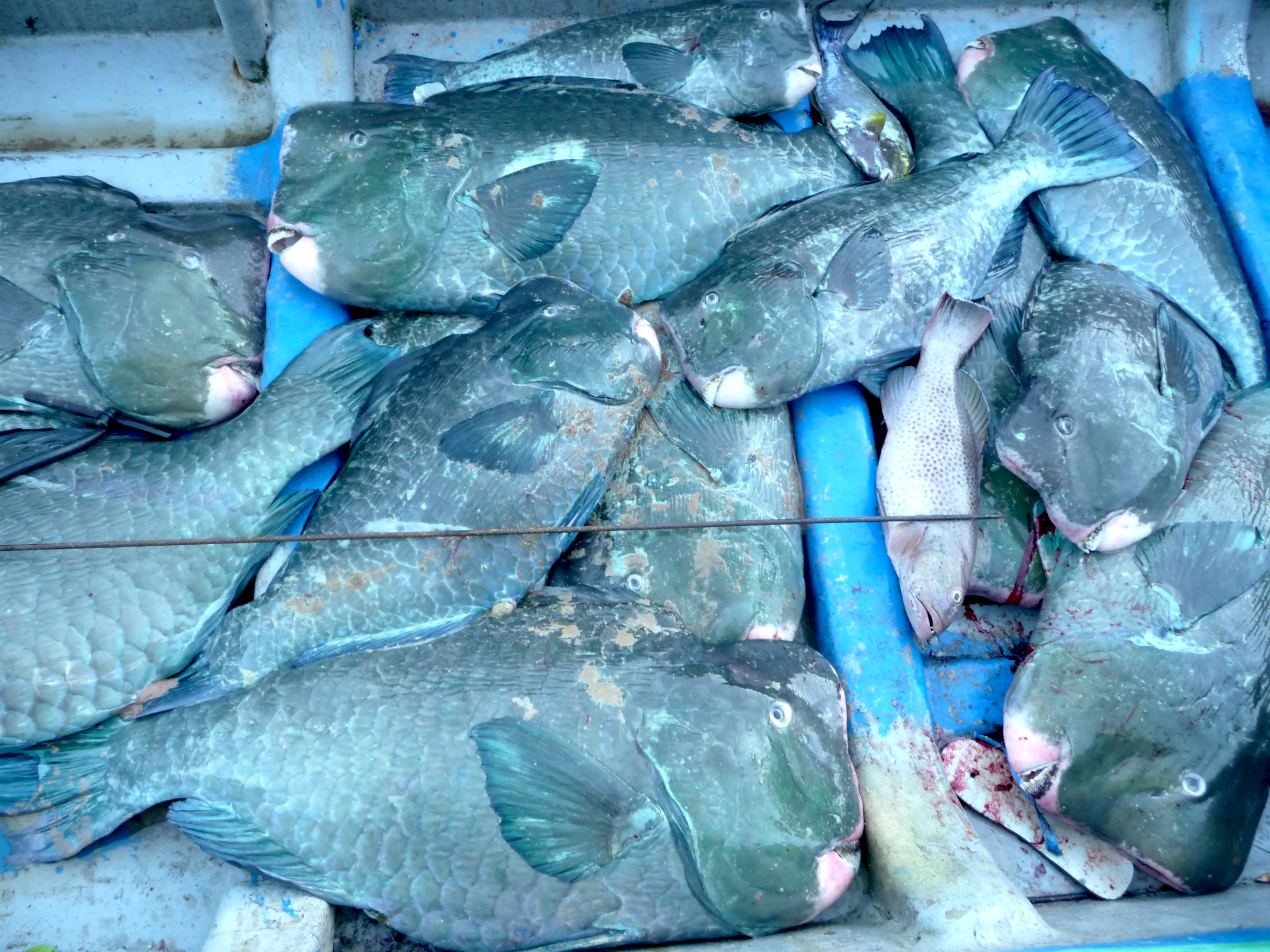
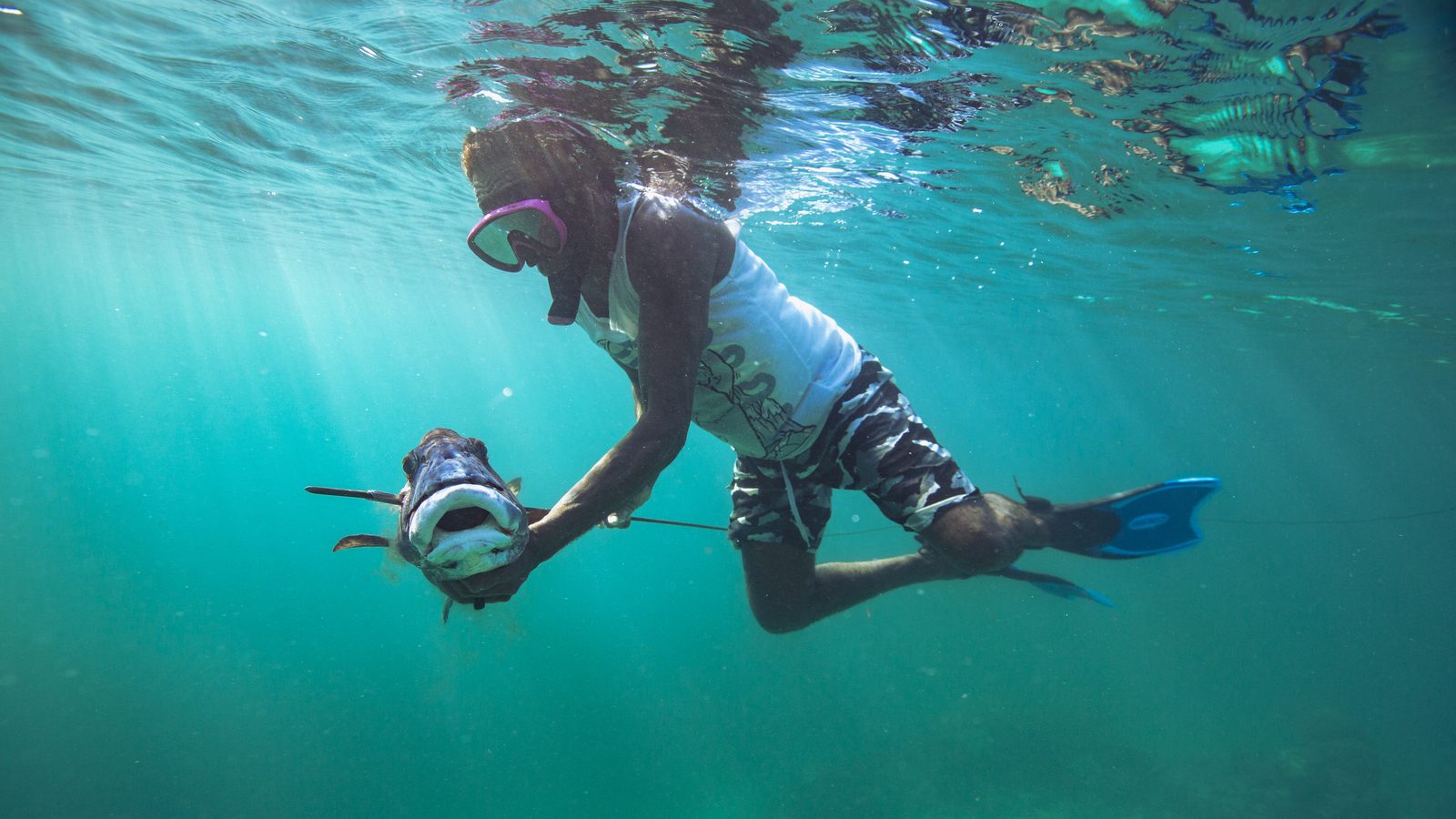
Different Worlds on the Reef
In 2012, Hamilton and his colleagues were undertaking fieldwork in the Solomon Islands to assess the status of bumphead populations. Adult bumpheads tend to be found on outer reefs, while juveniles are found on sheltered coral reefs near mangroves. “While these nursery areas are fascinating, we predominantly focused our 2012 survey on outer reef,” said Hamilton. In countries like Solomon Islands and elsewhere in the Indo-Pacific, murky waters and the threat of saltwater crocodiles dissuade both researchers and the dive industry from exploring these areas.
But as the fieldwork went on, Hamilton became concerned by reports from fishermen across the region that juvenile reef fish had virtually disappeared from the nursery reefs near on-shore logging operations. “There was a strong consensus among fishermen that there was a marked change following logging,” he says, “so we wanted to quantify the impact of the logging in these juvenile populations.”
In 2013 the research team conducted another survey, this time focusing exclusively on nursery areas. They surveyed sites around Barofa Ite Island, which has been heavily logged since the late 1990s, and the adjacent Barora Faa Island, the last unlogged portion of Isabel Province. The research team, including many local divers, surveyed 49 shallow lagoonal reef sites, recording coral cover, water quality, and juvenile fish populations along transect lines. They also engaged the help of the local communities to map all known logging operations and log ponds in the region, cross-checking their locations with site visits.
Well before the analysis was complete, the researchers knew they had uncovered something significant. “The difference was black and white,” says Hamilton. Areas without logging operations still had healthy coral and plenty of juvenile fish. “But there was very little in the areas with logging, and we saw extensive damage to coral systems and a real absence of juvenile fish,” he says. “It was like different worlds.”
Back on land, Hamilton met Chris Brown, a marine ecosystem modeler at Griffith University and fellow member of a Ridges-to-Reefs conservation effort funded by the Science for Nature & People Partnership. Brown used statistical analysis to model various causes of juvenile abundance in habitats of varying quality.
“We wanted to know if it was the loss of coral affecting juvenile numbers, or perhaps a more direct effect of dirty water,” says Brown. “So we used a modeling technique that let us look at a different pathways that could influence fish.”
Brown’s models backed up what the local fisherman had first told Hamilton — logging was taking a severe toll on juvenile bumphead populations. “We found that areas near logging ponds have 24 times fewer juvenile parrotfish compared to sites without logging,” says Brown.
These results indicate that logging has a double impact on fish populations. The first impact is straightforward habitat loss: loggers bulldoze massive amounts of sediment directly onto the mangroves to create a log pond, where the timber awaits transportation, via barge, to international markets. That sediment easily erodes into the sea, reducing water quality and cutting off the light that corals need to survive. Eventually the reef dies, destroying nursery habitat for bumpheads and other fish species.
The second effect is on the fish themselves. Other research indicates that high sediment levels can impair the development of larvae and juvenile fish. Hamilton says that it’s possible that sediment from log ponds has a similar effect in Solomon Islands, hindering the development of young bumpheads and other species.
In this study, the modeling showed that the presence or absence of logging — and with it increased sediment loads — was a stronger driver of decline in bumphead populations than mere loss of coral cover. “We were surprised to see such a strong direct effect of sedimentation,” says Hamilton, “you just don’t find juveniles in areas with logging, regardless of high or low coral abundance.”
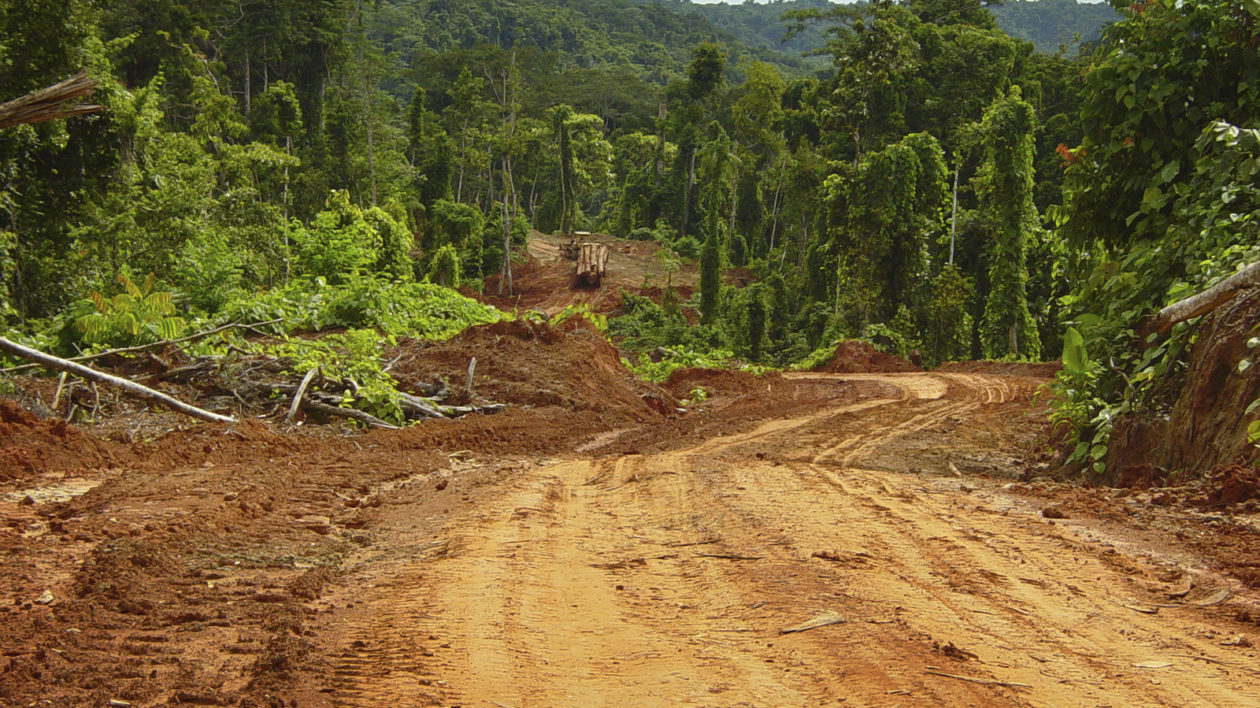
Trickle-down Effects from Ridges to Reefs
The reefs around Kia aren’t the only place in the Solomon Islands affected by logging operations. Logging underpins the country’s economy, contributing between 50 and 70 percent of the country’s annual export revenue. Unfortunately, corruption is rampant and best practices are frequently disregarded.
“Solomon Islands has some of the worst selective logging practices in the tropics,” say Hamilton, “and a lot of damage to both terrestrial and marine habitats could have been minimized if they followed standard practices.” As unlogged areas in the Solomon Islands become rare, loggers are simply infiltrating steeper areas — where it’s technically illegal to log — or cutting already-logged forests again and again to get even the smallest of trees.
The Nature Conservancy has worked in Isabel Province for 25 years, and starting in 2012 they helped local stakeholders develop whole-island conservation plans where priorities are set by local communities. “For the last two decades logging was means of livelihood,” says John Pita, the Conservancy’s environment coordinator for Isabel Province. “But with the information from this study, people in Kia are starting to understand why logging is not a genuine form of development because of the negative impacts on the environment.”
Pita says 95 percent of people within the Kia District oppose logging, and that appreciation has translated into policy action. In 2014, an illegal logging operation was discovered on Barora Faa and then subsequently protested by the local communities. They used preliminary results from this research to demonstrate logging’s impact on local food security, and eventually the high court ruled in their favor, halting the logging.
Hamilton says that the results of this research point to the critical need to take a ridges-to-reefs approach. Conservationists and local governments need to identify and protect important nursery habitats from logging, and enforce better logging practices in areas where it is allowed. Brown’s model can help in that process, allowing communities estimate the effect that logging in different areas will have on their reefs before the bulldozers arrive.
“The bumphead is the canary in the coalmine for the whole reef system,” says Hamilton. “If we just focus on protecting adult habitat, you’ll still lose your fisheries and your local livelihoods.”
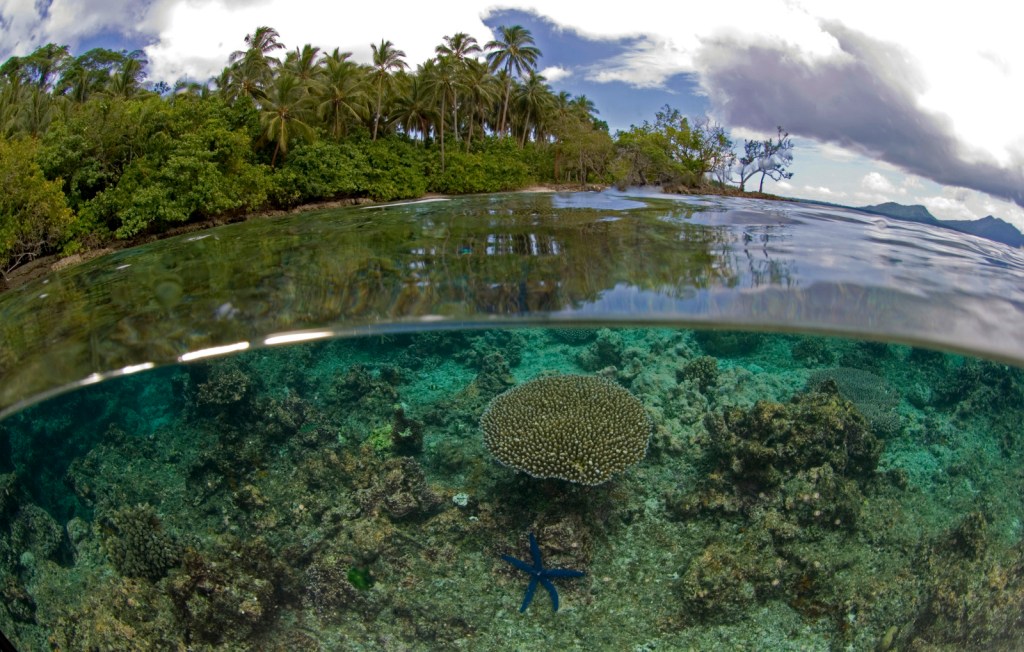



This article really helped me with my research. I am hoping to discuss with you anytime to help me out with my journal. I am still working on it.
Thank you, Justine
Is The Nature Conservancy ready to be accountable for this information? They devastated the west coast groundfish fishery wuth inaccurate information!